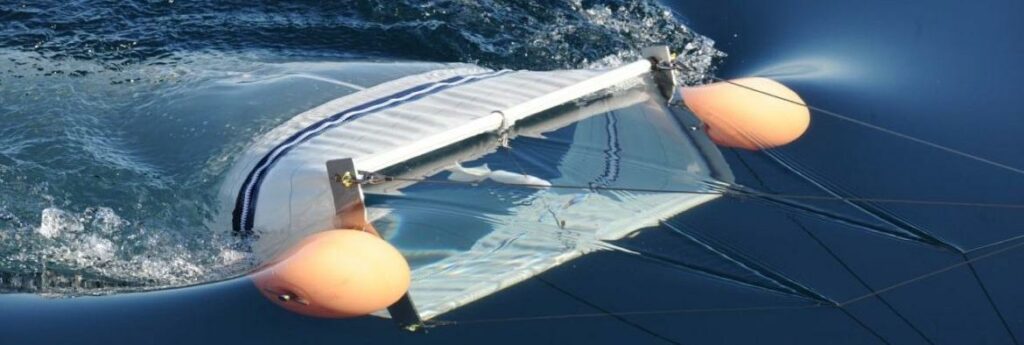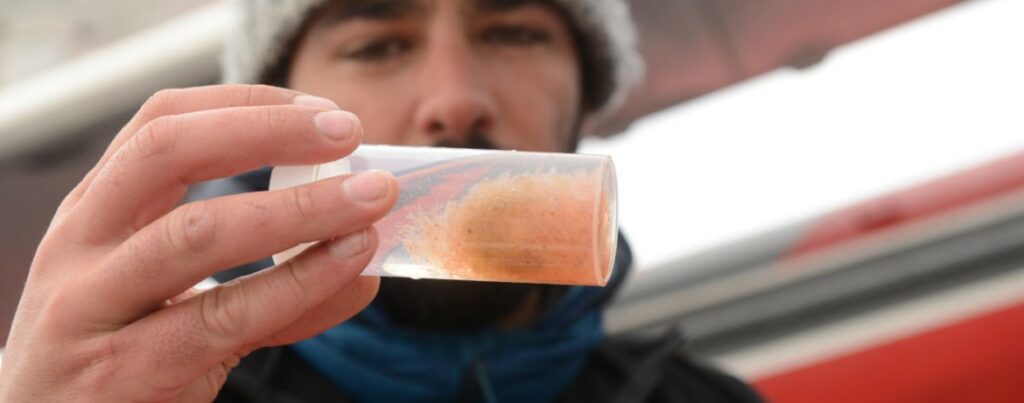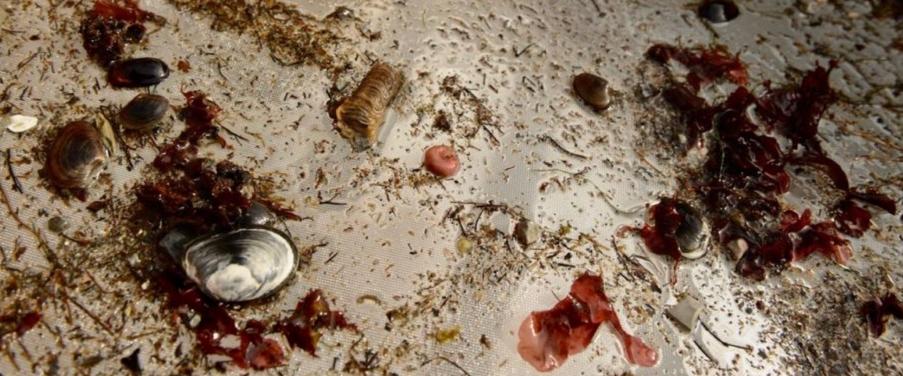Background
During the summer 2018, ATKA has attempted to navigate through the Northwest Passage with the objective of measuring the impact of human activities in the context of climate change in the Arctic. The scientific research focused on sampling zooplankton, benthic fauna and microplastics. Due to high concentration of ice in Bellot Strait and Victoria Strait, ATKA was not able to navigate through the Northwest Passage and had to return to Greenland. Nevertheless, ATKA was able to test scientific methods and modifications were made to the sailboat’s structure to improve sampling operations.
The ATKA team has offered its platform to complement the GreenLAnd Circumnavigation Expedition (GLACE) organised by the Swiss Polar Institute (SPI). ATKAs small size allows her to navigate safely in shallow waters, something the Tryoshnikov cannot do. This will offer the possibility to increase sampling effort in West Greenland. In collaboration with the SPI, ATKA identified several scientific projects taking part in the GLACE expedition that can benefit from this additional sampling effort. Additional sampling will be performed in collaboration with Université Laval (Québec, Canada) and the Norwegian Institute for Water Research (NIVA).

Study area
The field campaign will take place during the summer 2019. ATKA will navigate along the coastal area of West Greenland. The sailboat will leave Disko Bay at the beginning of July and arrive in Narsarsuaq at the end of September. During the expedition, the sampling will be focused on thirteen fjords (Figure 2). Two fjords types will be studied: those influenced by marine-terminating glaciers (MT), and those influenced by land-terminating (LT) glaciers.

Science projects
Five scientific projects will be undertaken in collaboration with Université Laval and the Norwegian Institute for Water Research.
The five scientific projects taking place on board ATKA are divided in three themes; 1) microplastics (MPs), 2) plankton and 3) benthos.
1. Microplastics

Assessing the distribution of floating microplastics in W Greenland. (Dr. Peter Ryan (University of Cape Town; principal investigator on GLACE)
Plastic pollution is a worldwide phenomenon. Alarming amounts of plastics are entering the sea each year. Even with its high latitudes and low population density, the Arctic Ocean is not spared by this pollution. The TARA expedition (2013) revealed that the repartition of MPs in Arctic waters is not homogenous. More samples need to be collected to improve our understanding of the distribution of MPs in the Arctic ocean and the transfer mechanisms into the ecosystems and living organisms.
Monitoring microplastics pollution in southern Greenland coastal waters using the Mytilus mussel (Dr. Amy Lusher from NIVA, Norway)
Microplastics have been found in all marine environments such as beaches, marine sediments, seas and oceans, sea ice and in marine organisms. It has been estimated, that these particles account for 92.4 % of marine plastic debris.
To improve our understanding of this ecological threat, sentinel organisms are an important way to monitor the temporal and spatial distribution of MPs. Mussels have been reported to be a promising bioindicator species around the world.
2. Plankton

Identification of hybrid copepods between C. finmarchicus et C. glacialis in southern Greenland (Dr. Frederic Maps from Université Laval, Québec)
Several species are changing their behavior and distribution in order to adapt to climate change. Boreal species are slowly extending their distribution further north at the expense of arctic species. A turnover of arctic to boreal species might occur. In some cases, species of the same genus are able to interbreed.
There is currently a debate about the existence of hybrids copepods between Calanus finmarchicus and Calanus glacialis, two different copepods living in the boreal and arctic waters, respectively.
Distribution of ichthyoplankton and zooplankton in W Greenland (Dr. Caroline Bouchard from the Greenland Institute of Natural Resources, principal investigator on GLACE)
Fisheries represent 88 % of the total export income of the country Greenland. In the context of climate change, new fishing grounds will potentially become more accessible. Warmer water will create new habitats for more southern species.
Pelagic fish and zooplankton are a major component of the food web. They are an important source of food for marine mammals, sea birds and even humans.
Currently, we have limited knowledge on pelagic productivity in Greenlandic waters. It limits our capacity to forecast pelagic ecosystems dynamics with the expected climate warming.
3. Benthos

Do marine and land-terminating glaciers impact benthos biodiversity? (Dr.Philippe. Archambault from Université Laval, Québec)
Marine and land-terminating glaciers have been shown to play different roles regarding ecosystem productivity. When glacial runoff enters the marine environment, it may stimulate biological productivity at the base of marine food webs. Therefore, understanding the potential impact of these glaciers on benthic fauna abundance and biodiversity is essential.
ATKA will sample both marine and land-terminating glaciers to further investigate the link between hydrographic conditions and biologic productivity.